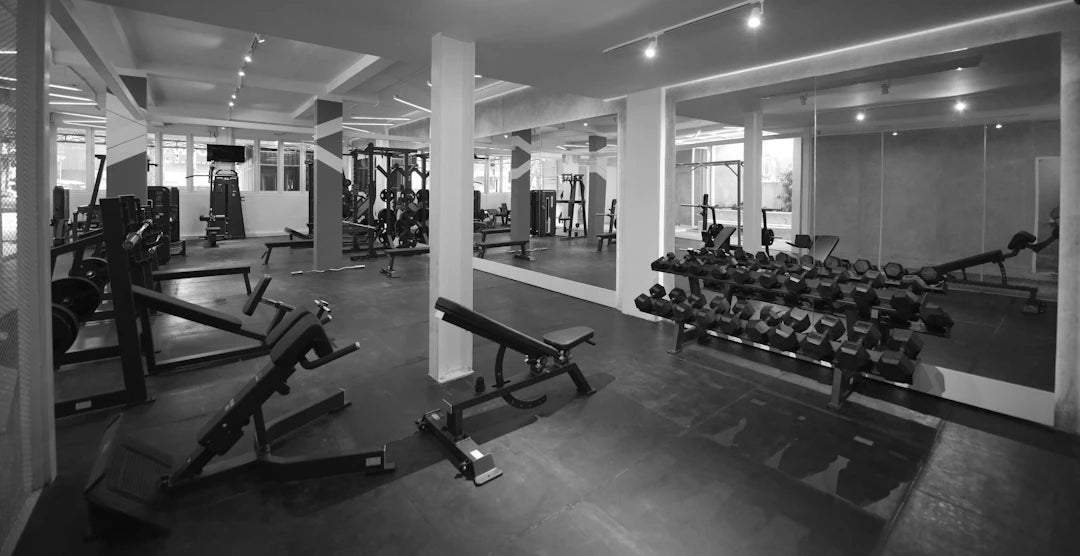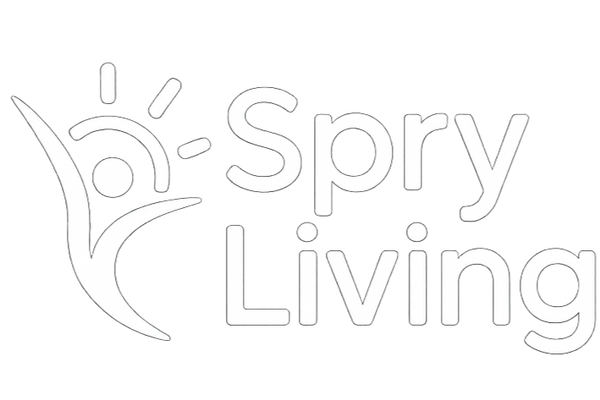
Crafting the Perfect Senior-Friendly Workout Space
Share
Creating a workout space at home that caters specifically to senior fitness is essential for promoting health and wellness as we age. Many adults over 50 experience unique challenges such as joint pain, balance issues, and motivation struggles. However, with the right environment and a bit of encouragement, older adults can engage in effective exercises tailored to their needs. In this guide, we'll explore how to design a senior-friendly workout space that is safe, accessible, and inviting. Whether you're an older adult looking to get moving or caregivers wanting to foster an active lifestyle, this blog is here to help!
Understanding the Importance of a Senior-Friendly Workout Space
Establishing a workout space that caters to senior fitness is crucial for several reasons:
- Safety: A designated space can help eliminate hazards that may lead to slips and falls, which is a common concern for older adults.
- Motivation: Having a dedicated area for exercise can boost motivation, making it easier to stick to a fitness routine.
- Convenience: Working out at home means you don't have to commute to a gym, making it easier to fit exercise into your daily routine.
- Personalization: A personalized workout space can be tailored to an individual's specific fitness needs and preferences.
Selecting the Right Location for Your Workout Space
Assessing Your Home
Before setting up your workout area, assess your home for the best possible location. Consider the following factors:
- Space: Look for a room or area with enough space to move around freely without obstacles.
- Light: Natural lighting can create a pleasant environment, so pick a space with plenty of light.
- Quietness: Choose a location away from distractions like loud TVs or busy households to help maintain focus during workouts.
Decluttering Your Chosen Space
Once you’ve identified the best location, the next step is decluttering. Remove any items that may pose a risk of tripping or falling. Here are some tips for a safe environment:
- Clear away loose rugs or mats.
- Ensure that furniture is placed against walls for ample walking space.
- Store away unnecessary items to give an open feel to the area.
Creating a Comfortable and Inviting Atmosphere
The ambiance of your workout space can have a significant impact on your motivation to exercise. Here are some suggestions to make your area inviting:
Choose the Right Flooring
If possible, choose flooring that’s comfortable, non-slip, and easy to clean. Good options include:
- Carpeting: Provides cushioning and can help prevent slips.
- Rubber Mats: Offer a non-slip surface and are easy to maintain.
- Yoga Mats: For gentle floor exercises, a cushioned mat can provide comfort and support.
Incorporating Flexible Equipment
Your workout space should have equipment that is easy to use and accommodates various fitness levels. Consider including:
- Resistance Bands: Low-impact and versatile for strength training.
- Light Dumbbells: Great for improving strength without straining joints.
- Stability Balls: Useful for enhancing balance and core strength.
- Chair: Provides support for balance exercises and can be used for seated workouts.
Building Your Workout Routine
Now that you have a safe and inviting workout space, it's time to develop a simple and effective workout routine. Here are steps to create a senior fitness regimen that anyone can follow:
Warm-Up Exercises
Start each session with warm-up exercises to prepare the body for activity. Recommended warm-ups include:
- Neck Rolls: Slowly roll your neck in a circular motion.
- Shoulder Shrugs: Lift your shoulders towards your ears and then relax.
- Ankle Rolls: Rotate each ankle for improved mobility.
- Gentle Marching in Place: Lift knees gently to get the blood flowing.
Core Strength and Balance Training
Core strength and balance are crucial for maintaining independence. Consider these gentle exercises:
- Chair Sit-to-Stand: Practice standing up from a chair to strengthen leg muscles.
- Wall Push-ups: Use a wall for support as you perform push-ups at your comfort level.
- Single-Leg Stands: Hold onto a sturdy surface and try standing on one leg for balance.
Low-Impact Cardio Options
To enhance cardiovascular fitness without stressing the joints, incorporate low-impact exercises such as:
- Walking: Take brisk walks around your workout space, or even outdoors if possible.
- Chair Aerobics: Perform light arm movements and sit-to-stands while seated.
- Dance: Enjoy gentle music and move your body in a fun way to uplift your spirit.
Stretching and Cool Down
Finish each session with gentle stretching to prevent stiffness and improve flexibility:
- Hamstring Stretch: Sit on the floor and reach for your toes while keeping knees slightly bent.
- Side Stretch: Reach one arm overhead and lean to the opposite side.
- Wrist and Finger Stretches: Gently stretch to maintain flexibility for daily tasks.
Overcoming Common Challenges in Senior Fitness
It's natural to face challenges throughout your fitness journey. Here are some common hurdles and how to overcome them:
Joint Pain
Many older adults experience joint pain, which can deter them from exercising. Here are tips for addressing that:
- Opt for low-impact exercises that are easier on the joints, such as swimming or cycling.
- Incorporate gentle stretching and flexibility exercises to maintain mobility.
- Listen to your body and rest when needed to avoid overexertion.
Balance Issues
Balance can often decline with age. To enhance stability, you can:
- Practice balance-enhancing exercises regularly.
- Use support, such as a wall, chair, or balance bar, while training.
- Focus on activities like tai chi that promote balance and coordination.
Motivation Struggles
Staying motivated can be challenging as we age. Here’s how to keep your spirits high:
- Set achievable, realistic fitness goals.
- Work out with a friend or family member to create accountability.
- Mix up your routine to keep things fresh and exciting.
Incorporating Healthy Lifestyle Habits
In addition to creating a workout space, adopting healthy lifestyle habits is equally important for senior fitness. Here are some habits to consider:
Nutrition Matters
A balanced diet is vital for overall health. Focus on:
- Eating plenty of fruits and vegetables.
- Choosing whole grains over refined grains.
- Incorporating lean proteins such as fish, poultry, and legumes.
Staying Hydrated
Hydration is essential, especially during workouts. Keep a water bottle handy and sip regularly. Signs of dehydration can include:
- Dizziness or lightheadedness.
- Dry mouth or increased thirst.
- Dark-colored urine.
Regular Checkups
Don’t forget to schedule regular check-ups with healthcare providers. Discuss any fitness plans and be proactive about your health. This way, you can:
- Receive personalized fitness advice.
- Monitor any pre-existing health conditions.
- Adjust your routines as needed based on medical feedback.
Creating a Supportive Community
Having a support system can be invaluable. Consider joining a local fitness group, community center class, or online forum for shared motivation and encouragement.
Turn Your Inspiration Into Action!
Building a senior-friendly workout space at home can be a transformative experience for older adults seeking to embrace a healthier lifestyle. Remember, every step counts toward improving your overall wellness, so take your time, celebrate small victories, and enjoy the journey. Foster a consistent fitness routine that caters to your needs, and don’t shy away from asking for help when you need it. With the right environment and mindset, you can truly transform your health and quality of life. Here’s to your fitness journey ahead!
